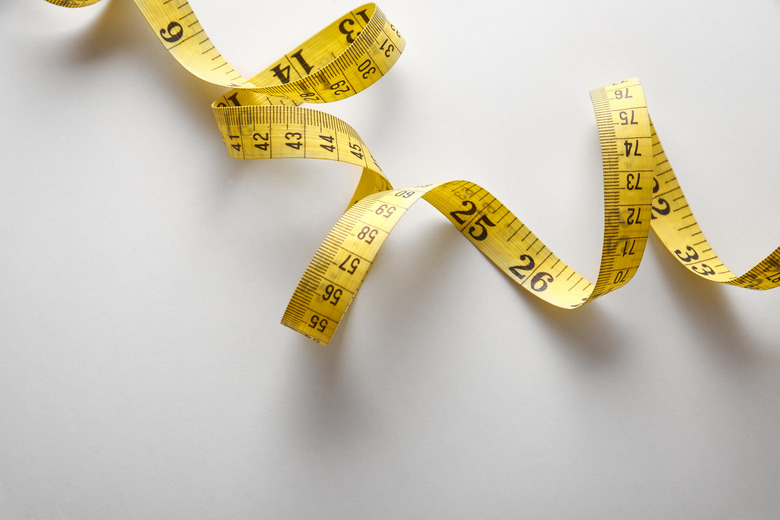Converting the example equation of 55 x 40 x 20 cm to inches is a simple task, requiring only two equations. To convert from measurements in centimeters to inches, use the conversion formula, which is the value in centimeters multiplied by 0.3937. To then determine the volume of the cubic space defined by the equation, use the volume formula, which multiplies height by width by length or H x L x W = Volume for the total volume in inches.
1. Convert Each Value Into Inches
Multiply each of the values within the example equation, 55 x 40 x 20 cm by 0.3937. This changes the equation to 21.6535 x 15.748 x 7.874 inches.
2. Multiply the Values
Multiply the values in the equation to determine the total volume of the space in cubic inches. 21.6535 x 15.748 x 7.874 inches = 2685.02869932 cubic inches.
3. Round to the Nearest Inch
Round the amount in cubic inches up to the nearest inch, or 2685 cubic inches to make the value easier to work with, if perfect accuracy is not essential.
Warning
The order of the equation is important to achieving the proper answer. You must first convert the linear measurements from centimeters to inches, then multiply the values to determine the volume in inches. Multiplying the values to determine the volume in centimeters, then multiplying that product by o.3937 will result in an incorrect calculation.

